A Review of the Usk Valley Walk
Contours Holidays review our route notes for the Usk Valley Walk, including our newer stile-free itineraries.
A Review of the Usk Valley Walk
https://www.contours.co.uk/usk-valley-walk-review
by Cass J
Following riverbanks and canal towpaths, the Usk Valley Walk spans 42 miles of green views and busy little towns and villages. It’s a hugely approachable trail, incorporating gentle walking along one of the country’s best-loved towpaths, the Monmouthshire and Brecon Canal Path.

Contours Holidays produce our own in-depth route note booklets to guide our walkers along this picturesque trail. It’s critical that these directions are fully up to date, so in March this year, I grabbed the new company mascot, Croutons, and headed out to Usk to find out what had changed on the Usk Valley Walk.
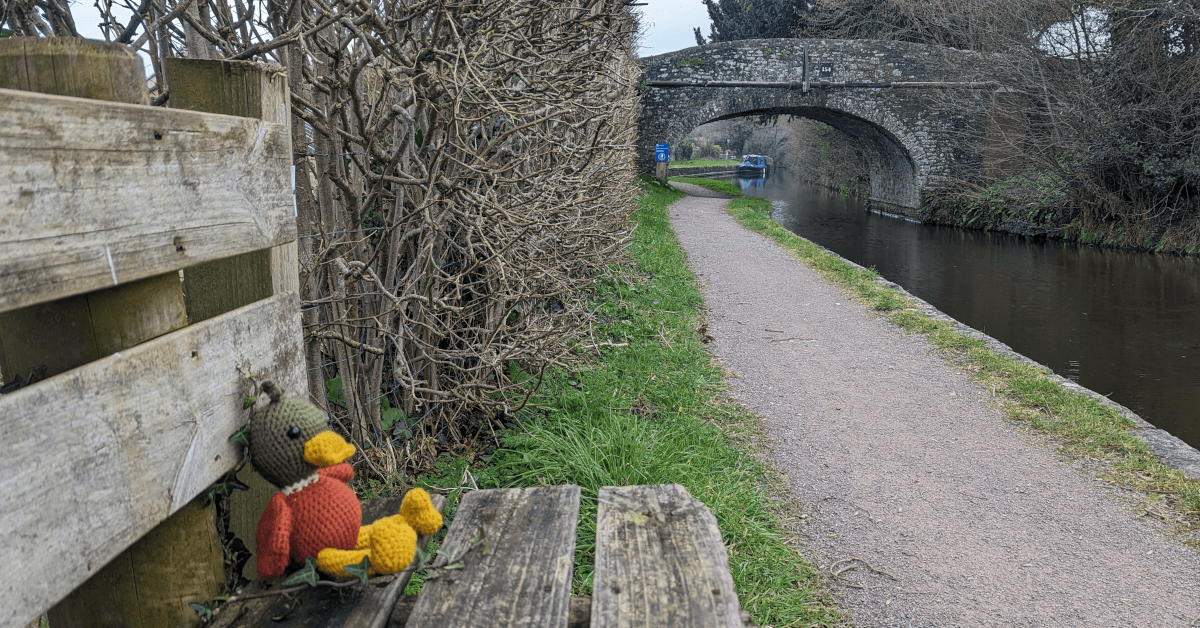
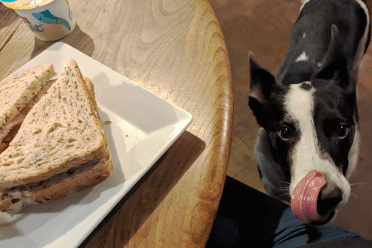
My first day on the Usk Valley Walk started perfectly: with a sausage sandwich and a doting audience I probably shouldn’t have encouraged.
I set out early, unsure what my pace would look like on a sixteen-mile walk with route notes to edit and plenty of camera work to do, and found myself rambling through morning mist.
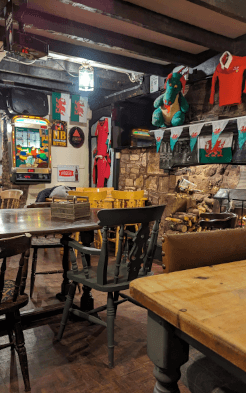
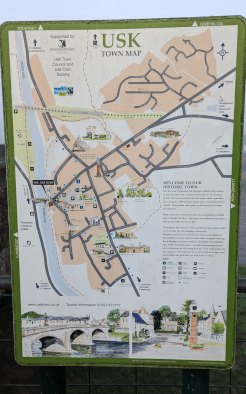
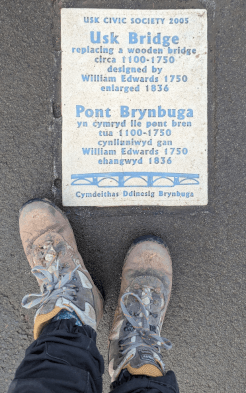
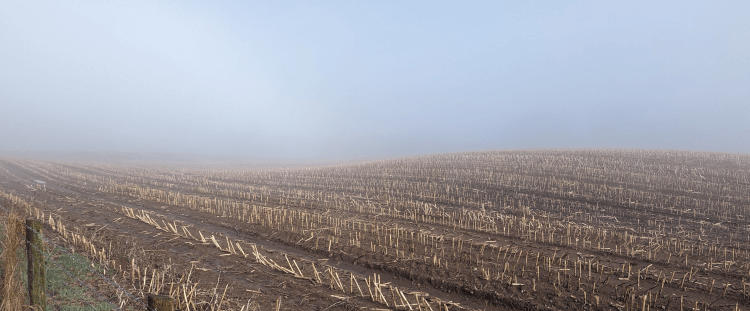
But it was very pretty mist, and as I followed the river out of town through fields and woodland, the sun slowly filtered through, and like that I was exploring the Usk Valley beneath a vibrant blue sky.
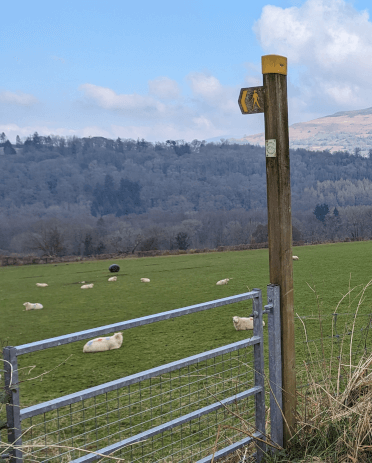
As I walked, I found our route notes to be just as dependable as expected, with only small details to edit: a stile replaced with a pedestrian gate, a freshly overgrown hedge hiding an important fingerpost, an old corrugated shed torn down completely.
One major change was a happy discovery. An official diversion that had been in place when we last edited our notes had since been removed, so I rewrote that section to follow the original trail once more.
I was impressed by the ease of navigation on this first leg of the Usk Valley Walk. Official waymarkers were everywhere, often backed by the enthusiastic paintwork of locals. The quality of the path underfoot was good overall, too, even after a torrential rainy season here in Wales.
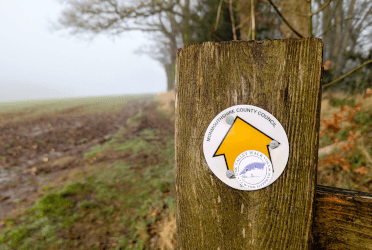

This section of the Usk Valley Walk, stretching from Usk almost all the way to Abergavenny, is distinct from the rest of the route in that it follows the river rather than the canal. The trail enjoys varied scenery and pathways underfoot as a result, winding through farmland and woodland, delving into towns and clambering along riverbanks.
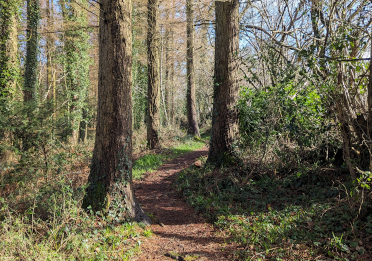

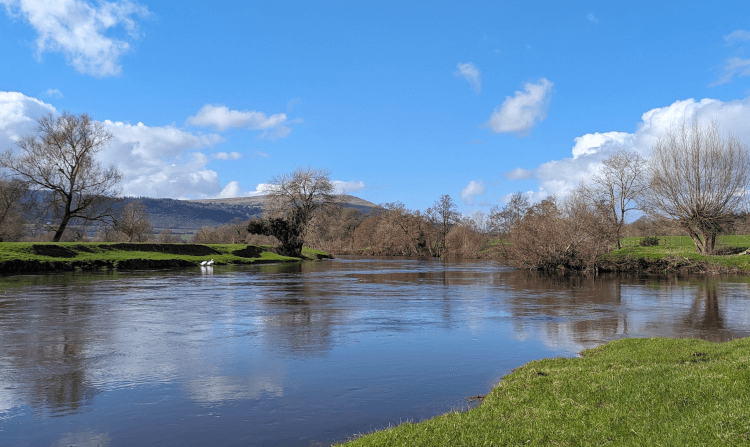
Travelling through here in spring was wonderful: I met endless packs of lambs gambolling about in the sunshine, probably as grateful for the break in the rain as I was. The path travels delicately through important breeding grounds for waterbirds, too. I met herons, swans and a wide variety of wading birds that made me wish I’d brought along a birdwatching pocket guide.
I reached the towpath of the Monmouthshire and Brecon Canal relatively late in the day, and soon detoured down from the Usk Valley Walk towards Abergavenny, where our route directions brought me seamlessly to the front door of my accommodation — which treated me to a much-appreciated four-poster bed.
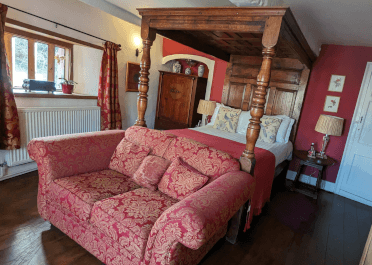
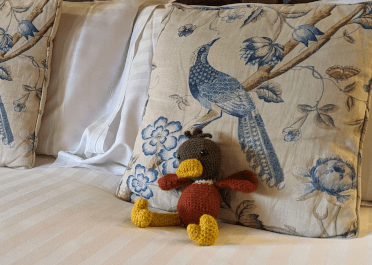
Abergavenny itself is absolutely packed with interesting places to eat. Famished, I opted to visit the nearest pub for good drink and a giant plate of fish and chips.
Croutons safely stowed on my hip strap the next morning, I ascended to the trail from Abergavenny, pausing only to admire a woodpecker hard at work on a tree by the trailside. Today would be my first day walking primarily along the towpath of the Monmouthshire and Brecon Canal.
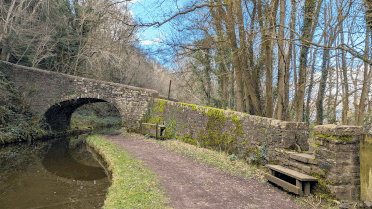


I walked for a few miles along this level, well-finished pathway, enjoying the pretty woodland and the painted narrowboats moored along the canal banks, not to mention the fun garden displays at Govilon, before I really began to take in the stunning views over the Brecon Beacons and the Usk Valley itself. Framed by the boughs of the trees that line the canal, these vistas look fit for a postcard or painting.
This beautiful area has a dense industrial history that seems completely at odds with the tranquillity found here in the modern day.
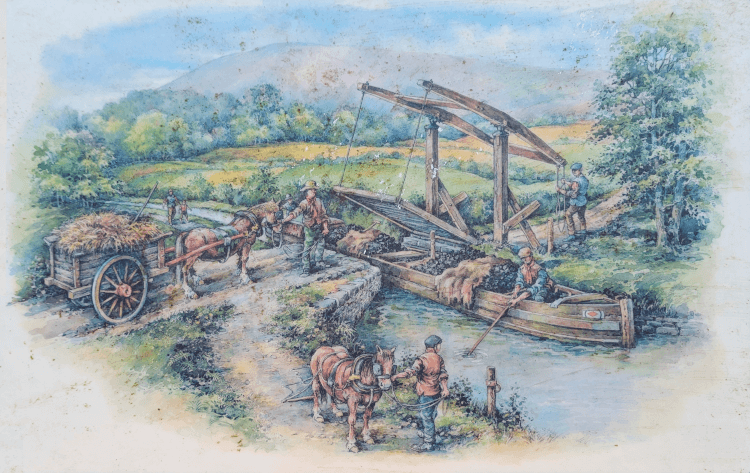
Two hundred years ago, Blorenge Mountain, which looms over this section of the canal, was alive with ironworks, including a forge and mill. Its output was shipped out to towns and cities along the canal. A series of illustrated information boards along the Usk Valley Walk depict the towpath as it once was, busy and integral to the local way of life.
That last part is still very true today, although for leisure rather than work: this part of the Usk Valley Walk enjoys great links into local towns and villages, and I met lots of local people out walking their dogs and generally enjoying the sunshine up along the waterway.
Contours have only recently modified our Usk Valley Walk itineraries to use Crickhowell as an overnight spot, so I headed into my second overnight town on something of a test-run. The roadside walk through Llangattock leads the way past an impressive old manor house, with glimpses of its pretty gardens through the wrought-iron gates, and there’s an alternative route through a park that’s also very pleasant.
My second test was of the hill in Crickhowell. Was it too steep for a tired walker after a full day on the trail? As it happened, the route to my accommodation curved steadily up the lower contours and made the ascent quite painless, but in the interest of completionism, I returned to the river and hiked directly up the central hill to see the town’s castle ruins. The ascent is steep in this part of town, but the castle ruins were worth the detour.
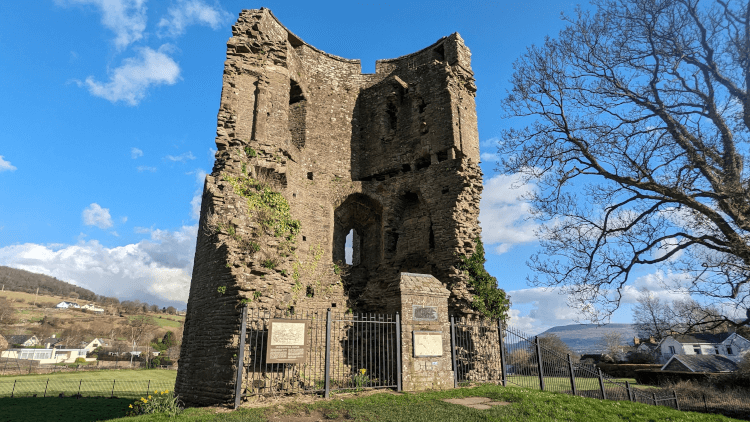
Today was set to be another longer trek. I planned to check our route notes not just for the standard Usk Valley Walk but also the bespoke loop around the reservoir we’ve created for our more accessible stile-free walking break.
More on that loop soon enough. I set off again from Crickhowell, double-checking my directions and edits along the way, and rejoined the trail just before the lime kilns at Llangattock.
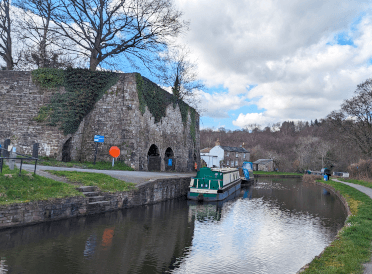
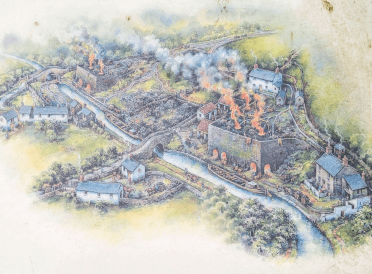
Here, limestone brought down from the Llangattock Escarpment was burnt with coal to produce lime mortar, critical for construction and agriculture at the time. The kilns were restored in 2018 and are quite impressive to look at.
As our route notes explain, you can continue along the towpath if you’d prefer an easy low-level wander, but the official Usk Valley Walk departs the canal not far past Llangattock, and that’s the way I went. There’s quite a steep ascent involved, clambering through farm fields and woodland.
I was walking early enough in the day that every flock of sheep and curious horse seemed to think I might be the farmer delivering breakfast, which made me very popular with them. The most exceptional part of this detour from the towpath, however, was the sheer expanse of the valley below.
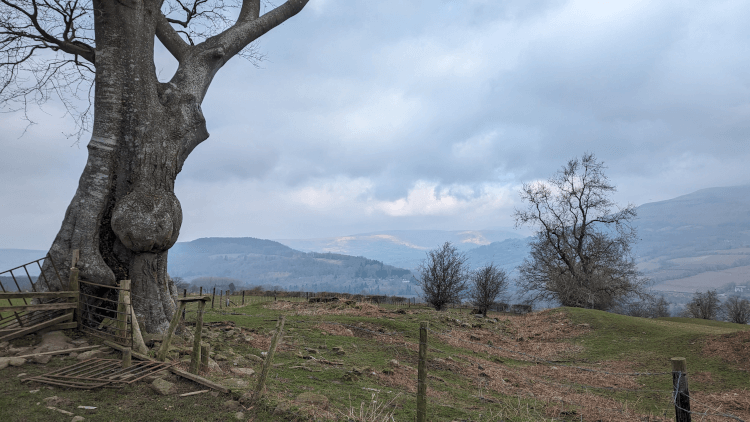
My phone camera could not do the views justice. The hills rolled out in all directions, peachy in the sunlight.
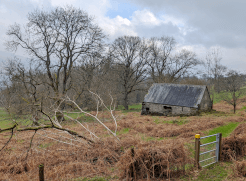
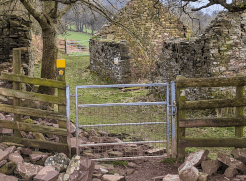
.png)
I lost a lot of time stopping and staring — and noting down the places where our route notes mention stiles that have been recently replaced with shiny new easy-to-use gates. This seemingly small but impactful upgrade to the Usk Valley Walk was great to see.
From this hilltop detour, I descended to the comfortable walking of the towpath and picked up a cheese and onion pasty, locally baked brownie and orange juice from the independent Walnut Tree Café in Llangynidr. I was eating the aforementioned pasty as I reached Llangynidr Locks, a flight of five locks that lift the canal by over 16 metres.
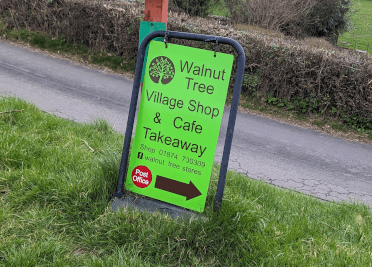
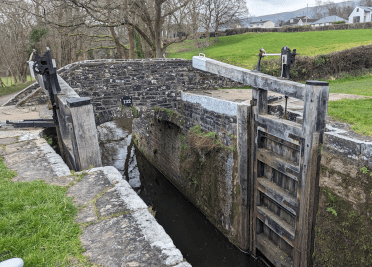
The trail continues on along the towpath for some miles more before the stile-free and the main route part ways. The canal path had been particularly stunning for a while now, so I was reluctant to depart it, but the steeper climb of the Usk Valley Walk once again paid dividends, with far-reaching views and a prominent change of character.
Up here, cutting west toward Talybont-on-Usk Reservoir, the trail threaded its way through denser woodland and finally brought me to the Brinore Tramroad and Taff Trail.
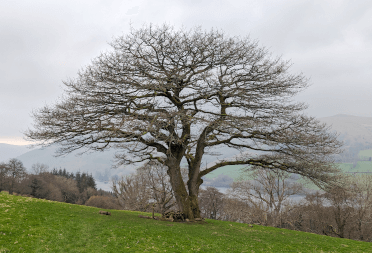
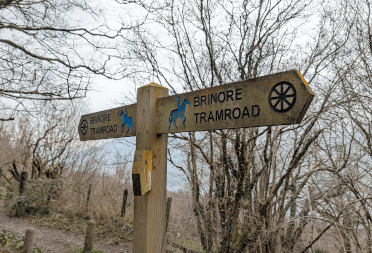
The Tramroad is as direct a line as the name implies, cutting straight down the hillside toward Talybont-on-Usk at the bottom. In the 1800s, this track was used to transport coal and limestone to the canal by horse-drawn tram. For a fee, people and animals were allowed to use the line, too.
When I walked it, the track was almost empty save for a passing group of cyclists: quite a contrast to the busy space it once was.
Our stile-free walks are gentle holidays that avoid stiles and challenging obstacles, keeping primarily to low-level trails with only short or slight inclines to deal with. Inspired by the Miles Without Stiles initiative, Contours Holidays have been steadily building our stile-free offerings in the hope of making the British countryside more widely accessible.
With its easy stints along the flat towpath, the Usk Valley Walk seemed like a great candidate for a stile-free hike, but we wanted to add something more to it. As a result, this circular day walk alongside the Talybont Reservoir joined our overall itinerary.
By the time I reached the start of the loop, the weather had darkened. The skies were atmospheric as I followed the Brinore Tramway toward Talybont Reservoir and onto a broad forestry track through the trees. Eventually this level walk doubled back on itself, descending closer to the reservoir, and I enjoyed somewhat ghostly views out over the grey water.

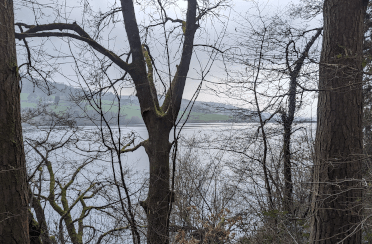
The trail soon crosses the reservoir dam itself. The community in Talybont-on-Usk bought the old turbine house that lies beneath the dam in 2001, and over the next few years, installed a modern turbine to help power the surrounding villages.
This community-owned hydroelectric scheme powers about a quarter of the village, and the proceeds are invested in green energy and sustainability initiatives in the area.
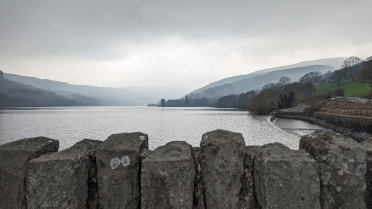
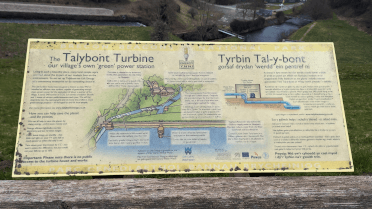
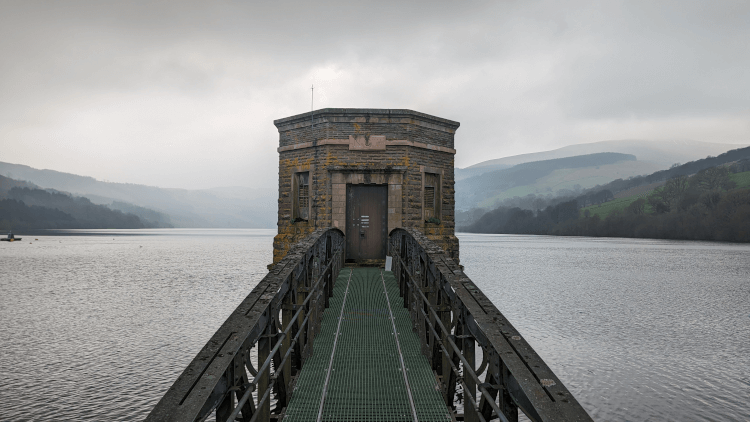
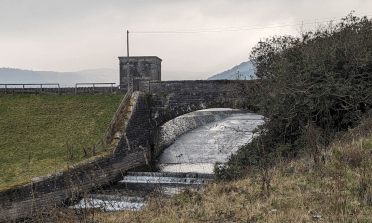
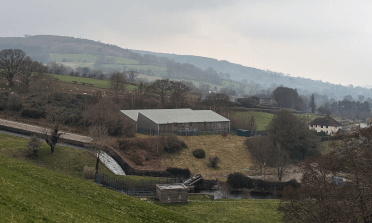
From the reservoir, I turned my boots back towards town and followed a picturesque riverbank through fields of lambs, pausing to make a few superficial edits to the route notes before I reached Talybont-on-Usk and my overnight accommodation.
Talybont itself is beautiful, built around the canal, and I found my dinner at a very friendly canalside pub.
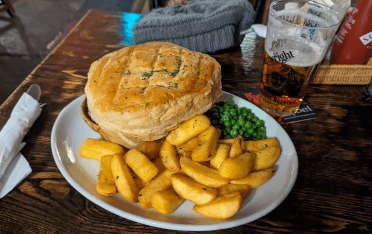
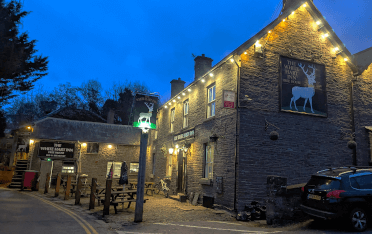
My ramble along the Usk Valley Walk had established a rhythm: up at half six, breakfasted and out the door by eight, all remaining hours committed to the singular purpose of putting one foot in front of the other and engaging with the rural settings I was hiking through. On this final day of the walk, I woke up a little melancholy at the thought of leaving that grounding schedule behind.
Fortunately, my B&B’s resident cat showed up to lift my spirits and get me out the door, and as I rejoined the route, two incredibly friendly sheep greeted me and demanded I scratch them both behind the ears. From there, the trail quickly drew me in.
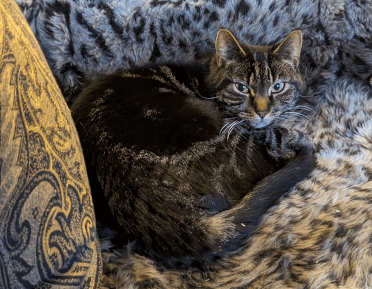
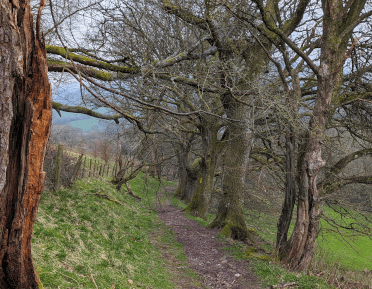
The Usk Valley Walk is particularly winding past Talybont-on-Usk. It departs the canal to weave through the wind-shaped farmland near the reservoir, delve deep into wooded dells and finally hoist itself to open heights above Pencelli.
I met another four-legged friend here, a farm dog who was extremely tempted by the idea of an eight-mile walkie and tried very hard to convince me he was my dog after all, so why was I trying to leave him behind?

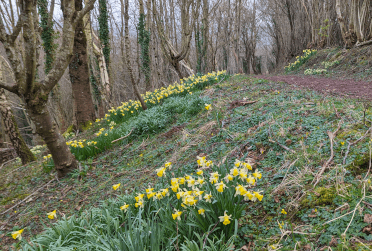
From the stile that finally separated us, I wandered back towards the canal along footpaths lined with spring daffodils, noting down a host of new galvanised gates that had, again, replaced a lot of the old stiles. From here on, the canal would lead me all the way into Brecon.
Before I’d even started on this trek, I’d wondered what the final, more urban stretch of the Usk Valley Walk would be like.
It turns out the walk into Brecon is a great conclusion to this fascinating trail. Complete with marinas, creatively painted narrowboats, hints of the area’s industrial history and plenty of historic bridges, the footpath here is still tended by the canal, wide views and flanking fields of sheep.
The River Usk itself rejoins the trail near Brecon, rushing alongside the still waters of the canal. In short, every component of the Usk Valley Walk shows up at curtain call to take a bow.
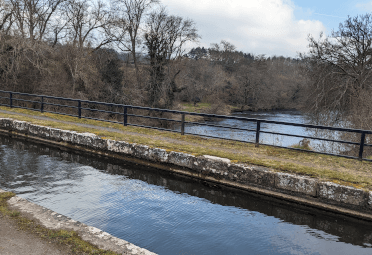
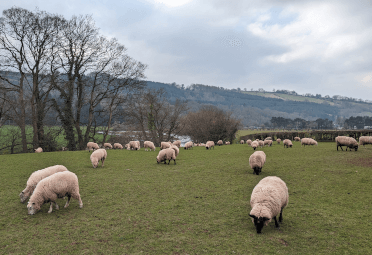
On the outskirts of Brecon, the towpath departs the river to thread between stone houses on the outskirts and reach the finishing point of the trail within the Brecon Basin. I’d cross the Usk again, though, on the way through town to collect my luggage and head on home.
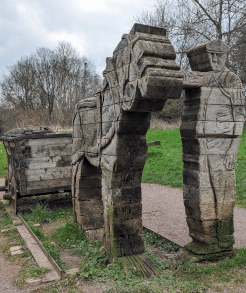
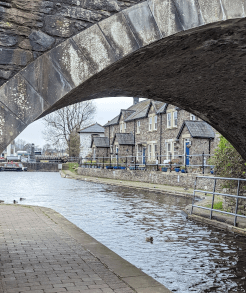
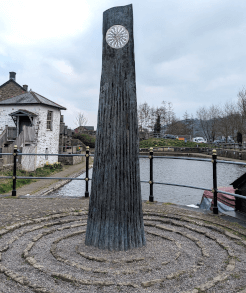
Overall, I think the Usk Valley Walk deserves to be so much more well-known than it is today. Everyone I met as I walked was hugely friendly and helpful, and the trail is brilliantly well-equipped with places to buy a packed lunch or stop at a pub, find useful necessities or pause at the all-important public restroom (and there are even more of the latter available if you have a Canal Trust membership, which is pretty unique).
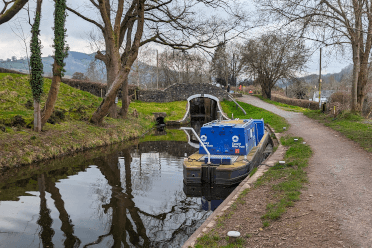
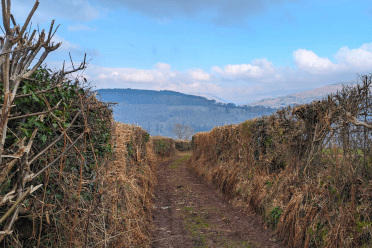
The landscapes along the trail are stunningly beautiful, and if you’re interested in Wales’ industrial heritage, the whole area is particularly rich in information. Plaques, info boards and related art pieces are everywhere all along the walk, and there are plenty of relevant detours off-route that are well-worth checking out.
The Usk Valley Walk is the ideal choice for anyone who’s looking to take the leap from day walks to long-distance multi-day tours. The ability to choose between those rewarding climbs into the hills or to keep to the gentle towpath is invaluable. You really can make this walk as easy as you require. It’d be a good choice for a late-season autumn ramble, too, as the solid surface and sheltered nature of the towpath make it relatively weatherproof.
As for me on my route-checking adventure, I loved the opportunity to contribute to our directions for this trail. Our notes are pretty comprehensive, including everything from the odd unexpected sequoia to the all-important availability of lunch, which I’m sure anyone walking the Usk Valley Walk with Contours Holidays will appreciate.
Our crocheted mascot Croutons enjoyed his first ever venture onto the trails, so you’ll see even more of him in our blogs and videos going forward!
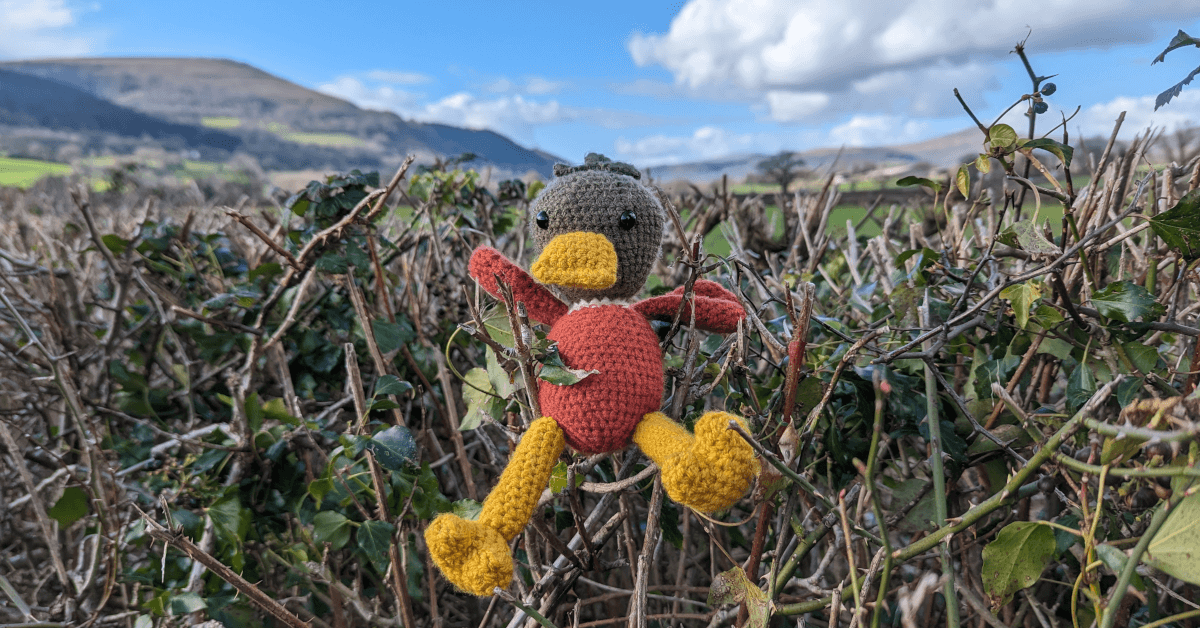
Contours Holidays pride ourselves on our expert knowledge of the UK’s trails. We regularly set out to check our routes and directions and to make improvements on the holidays we offer. You can find several write-ups of staff expeditions in our Trail Diaries.
Interested in the Usk Valley Walk?
Contours Holidays offer three versions of the Usk Valley walking holiday: the original route, a short break and our stile-free option including our circular day’s walk around the Talybont Reservoir. Find your holiday here:
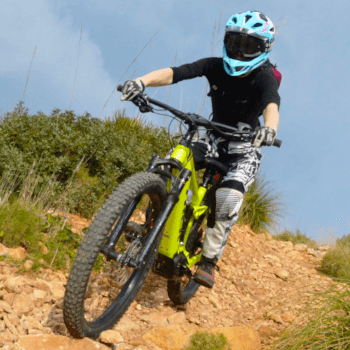
Marketing and Strategy Consultant
Writer, editor and Google-wrangler at Contours Holidays, Cass spends each weekend on the trails, walking the dog or plummeting downhill along Wales’ best mountain biking tracks.